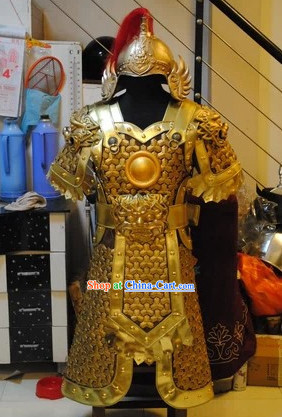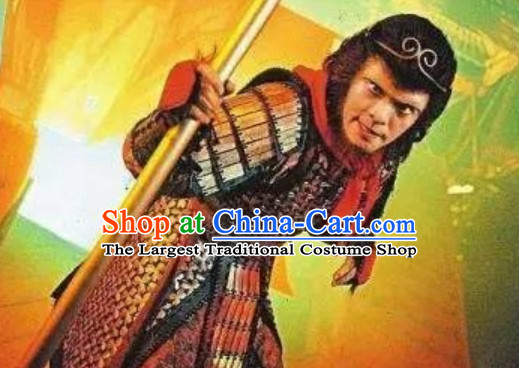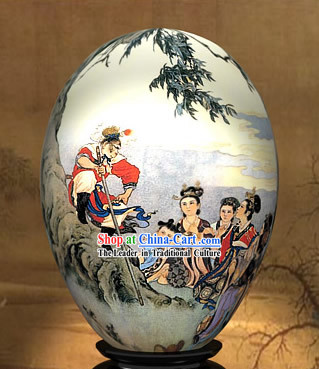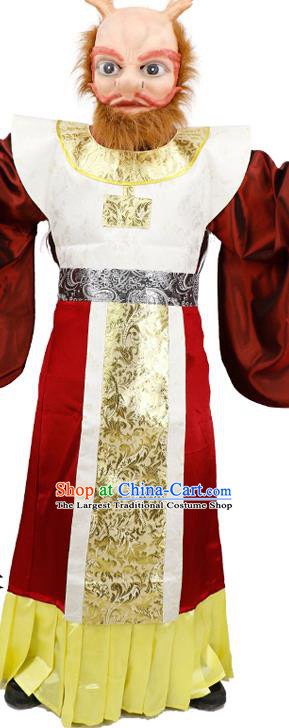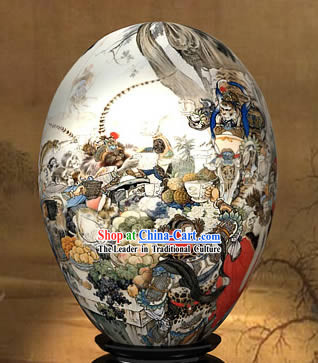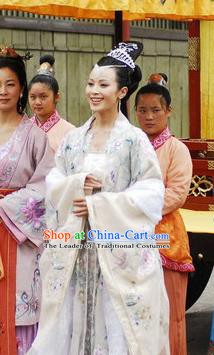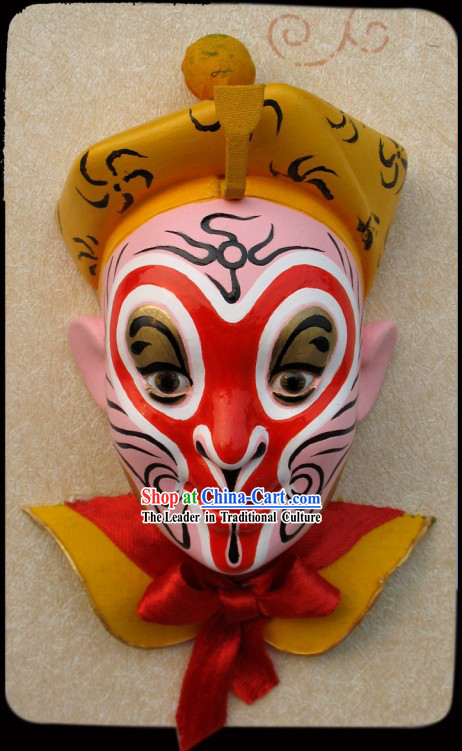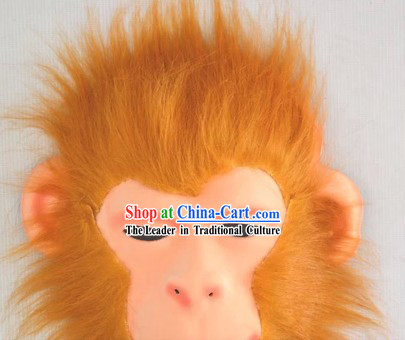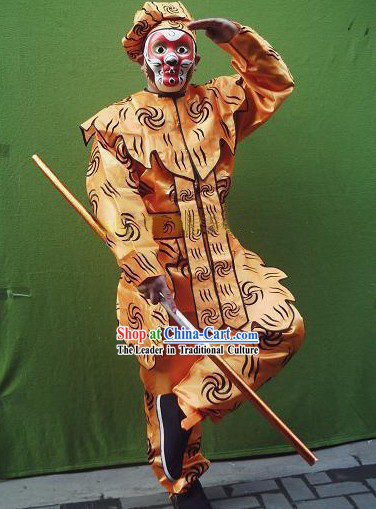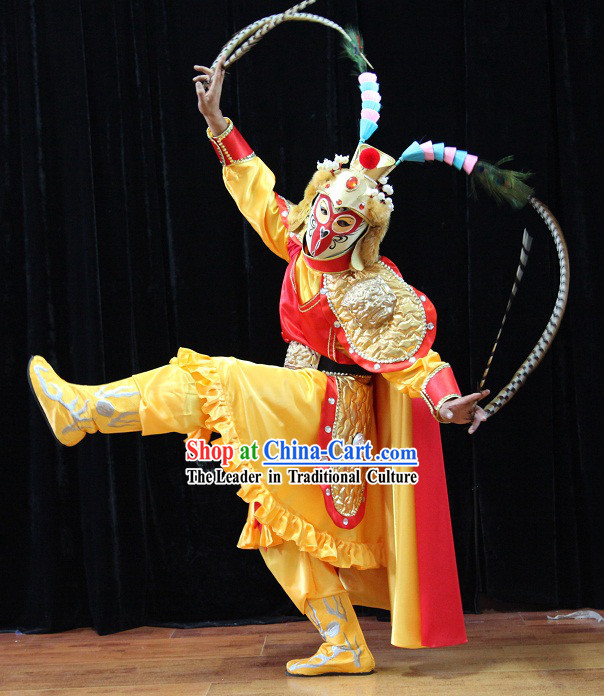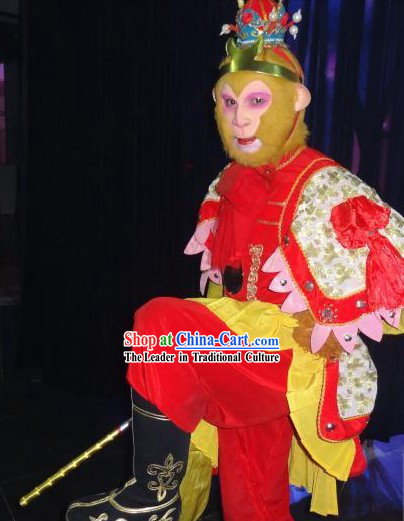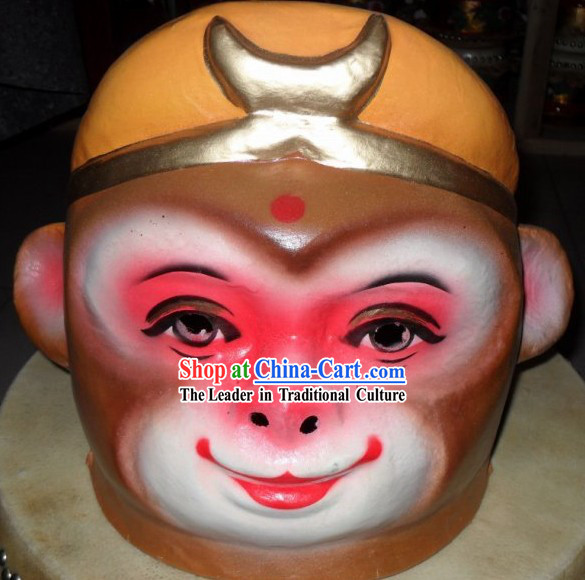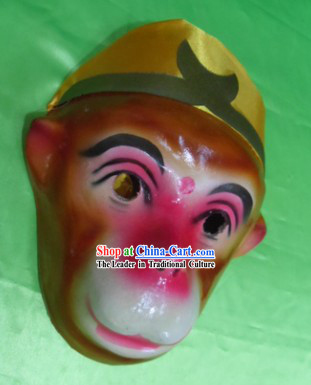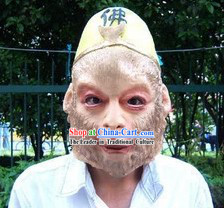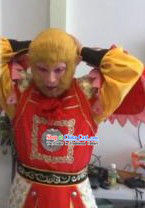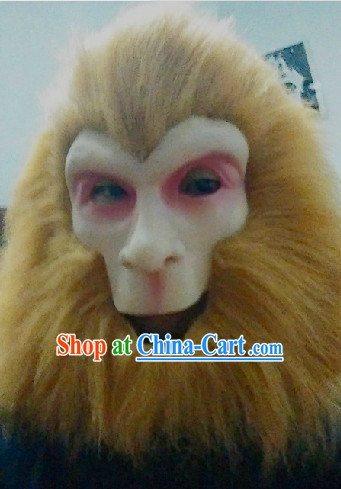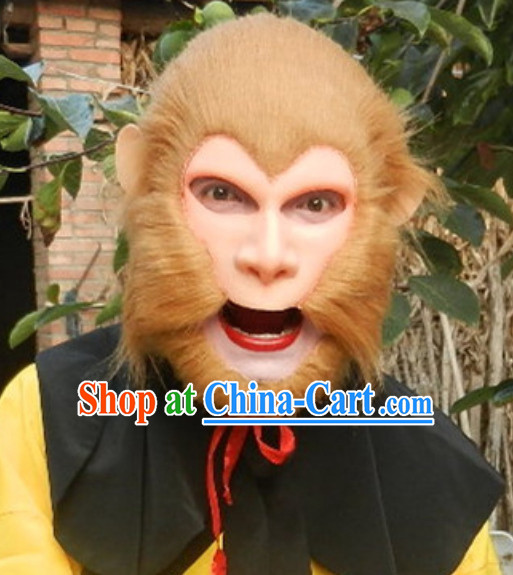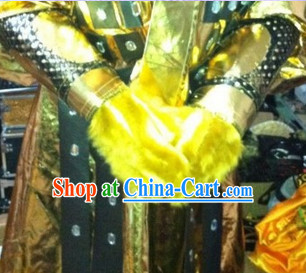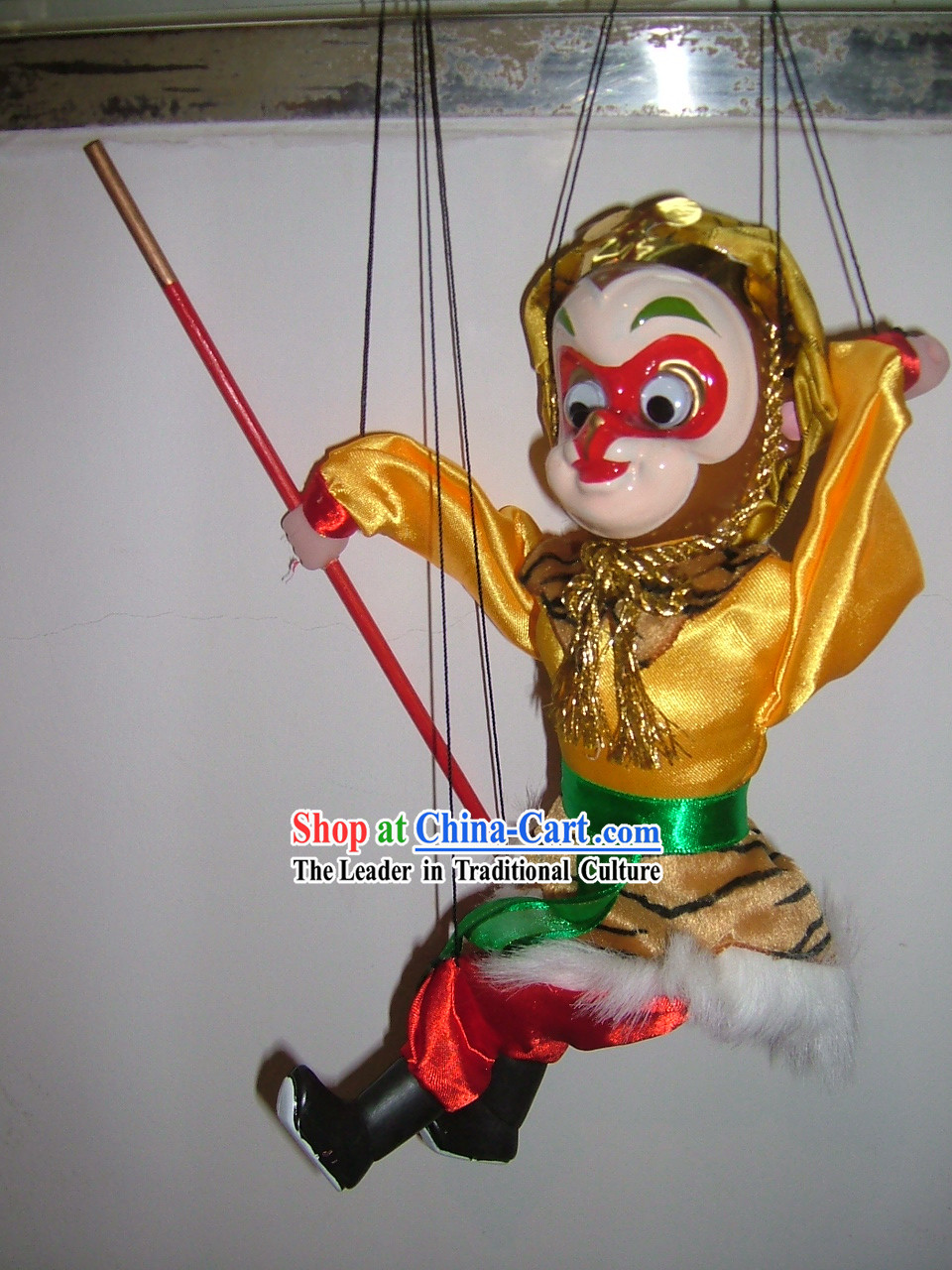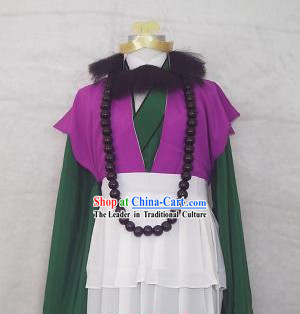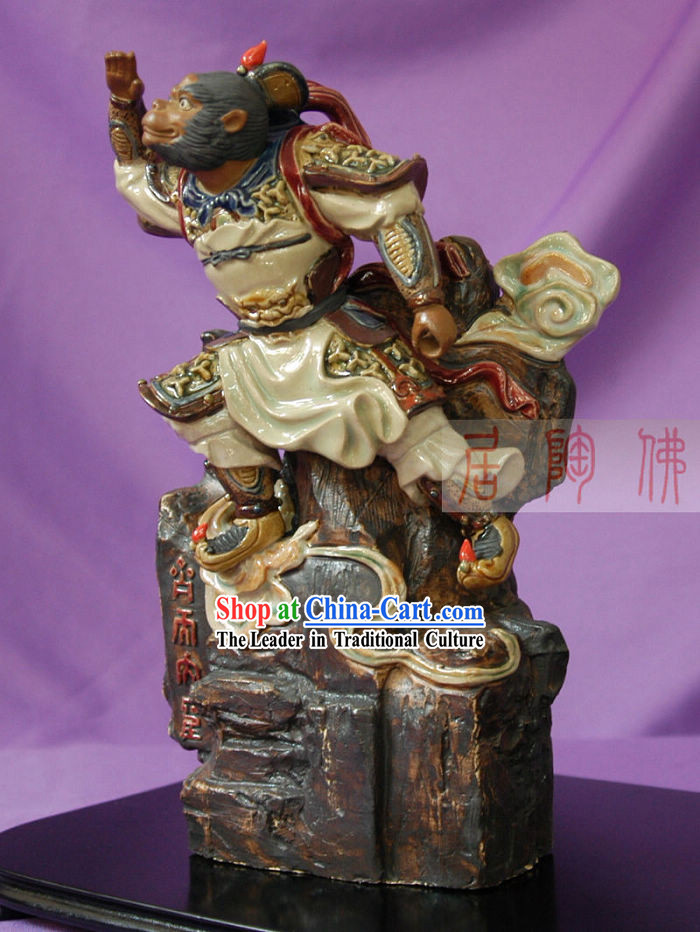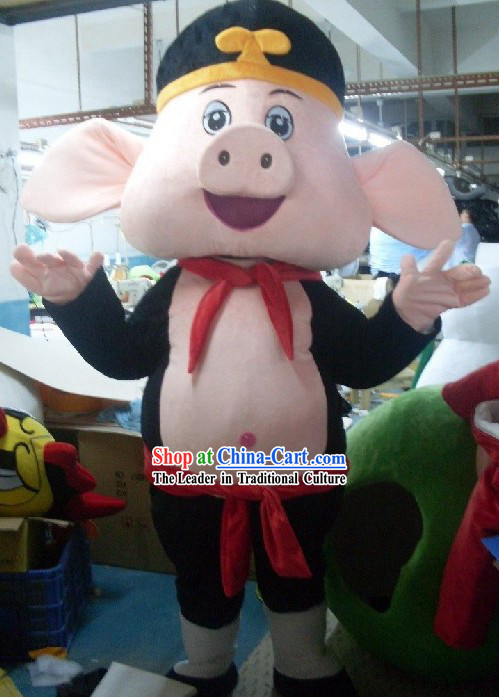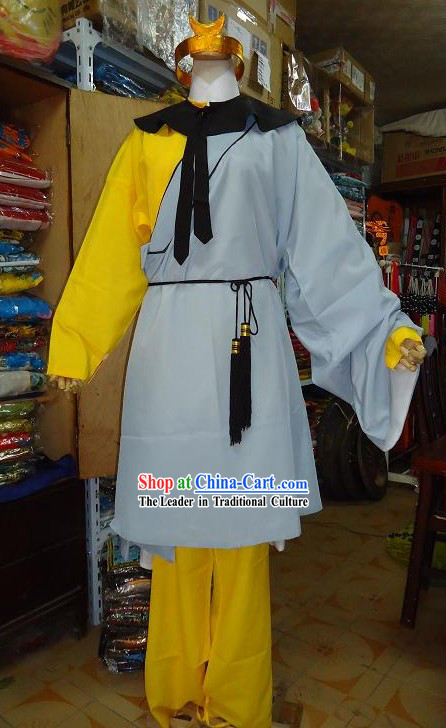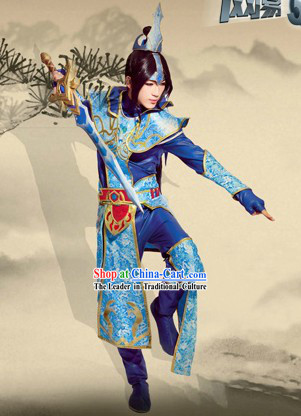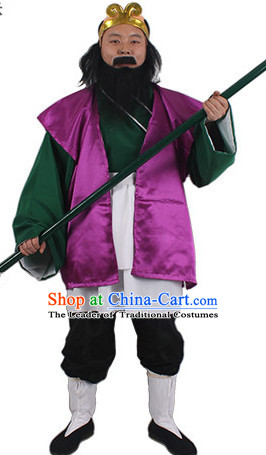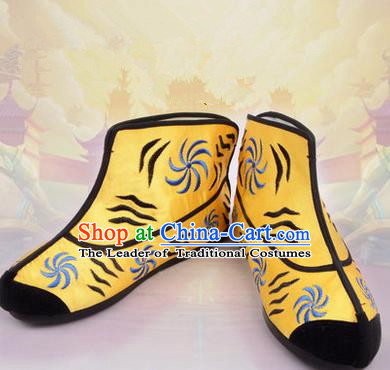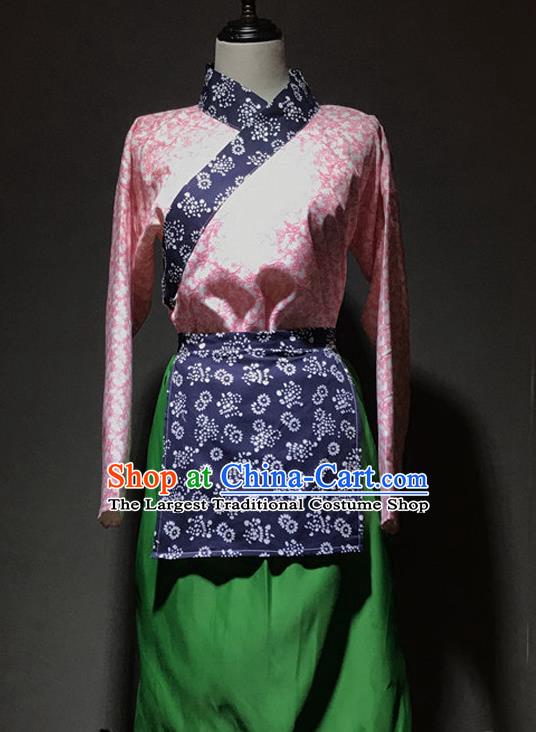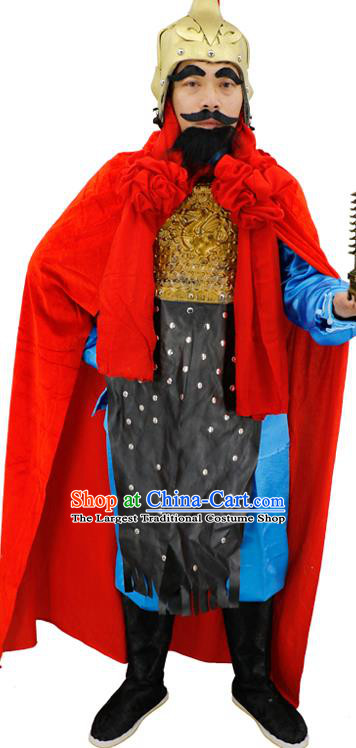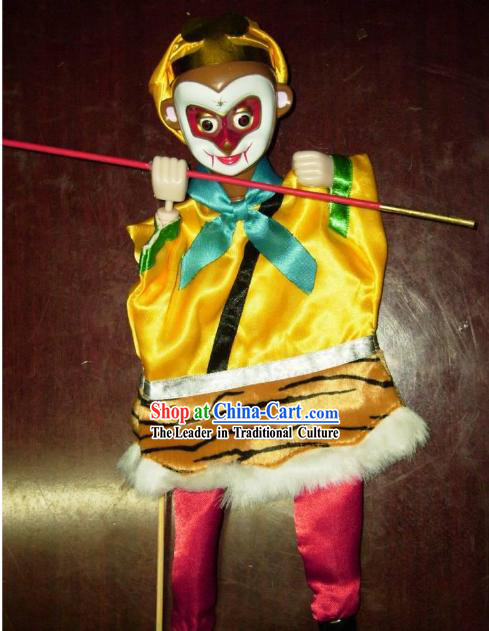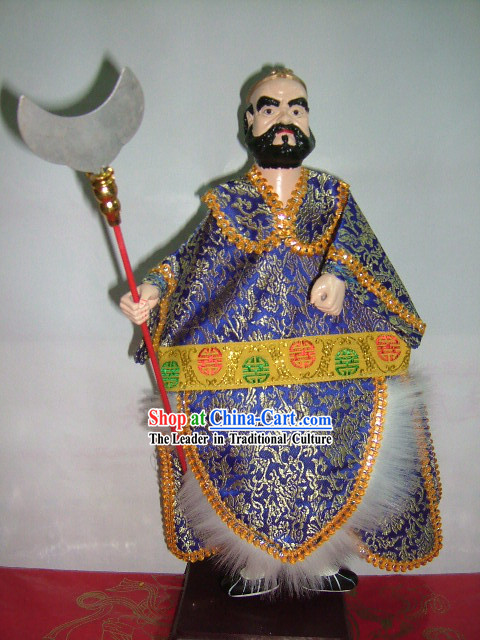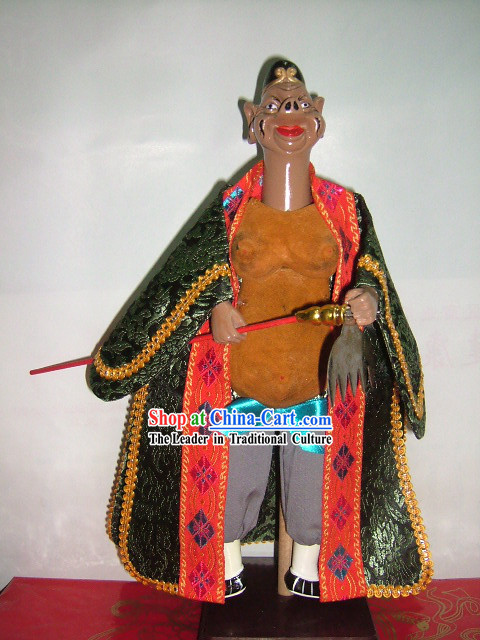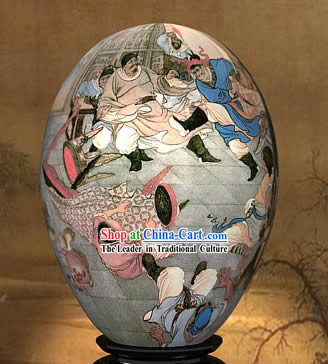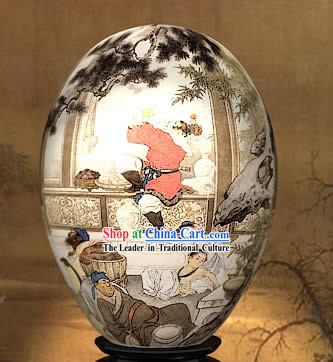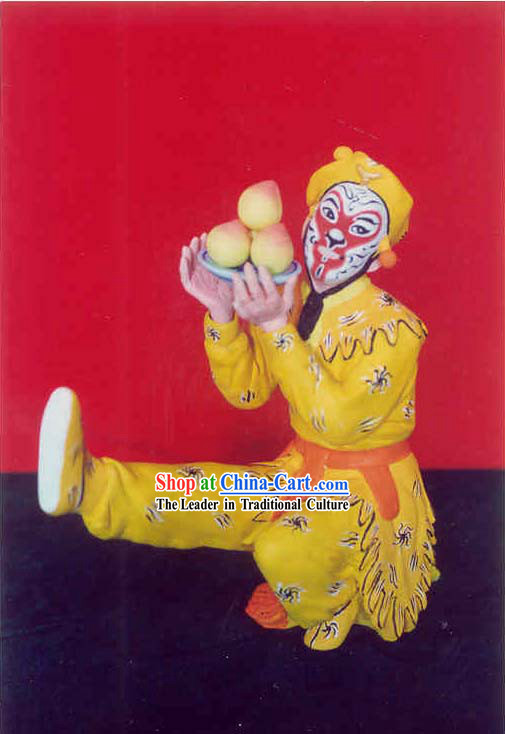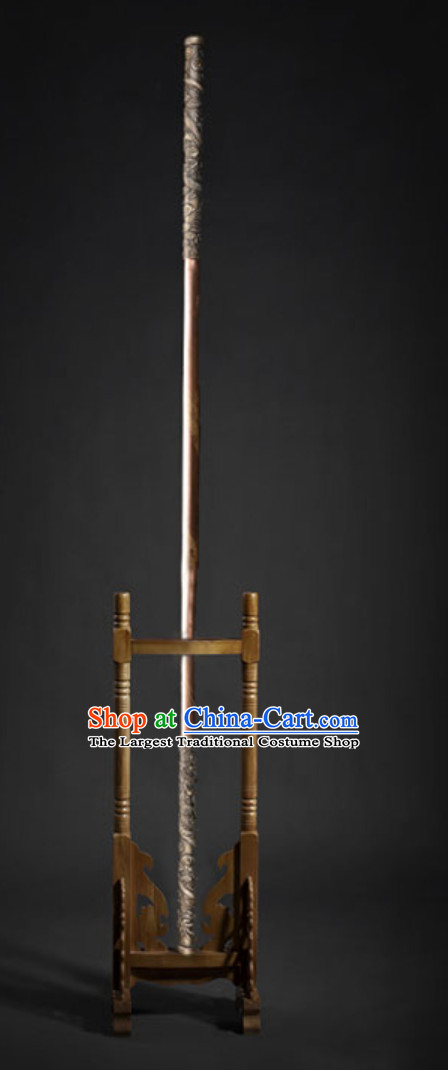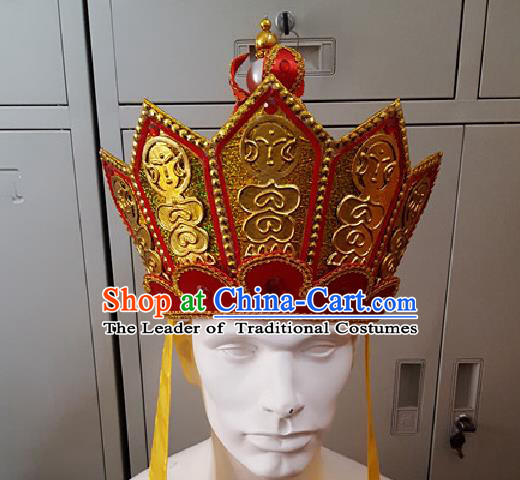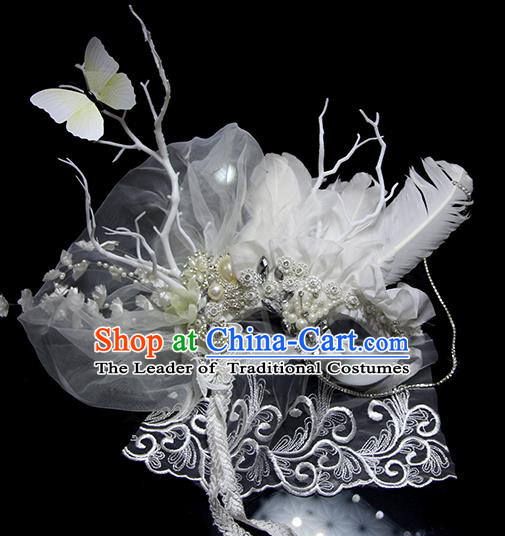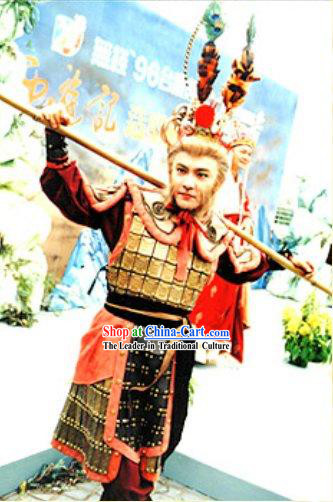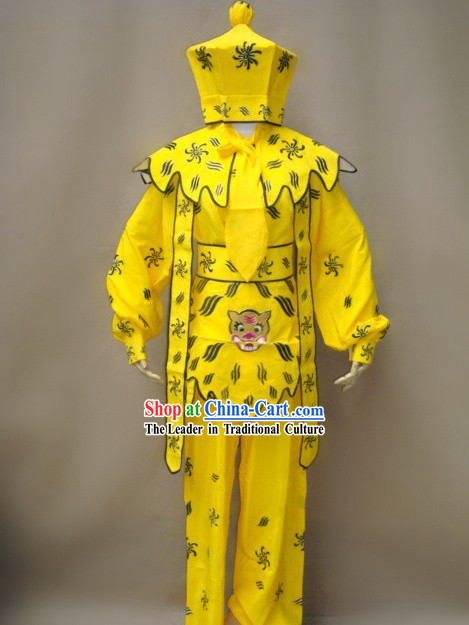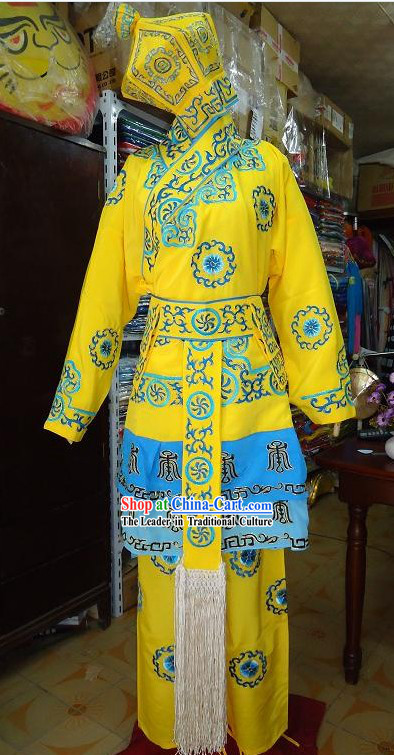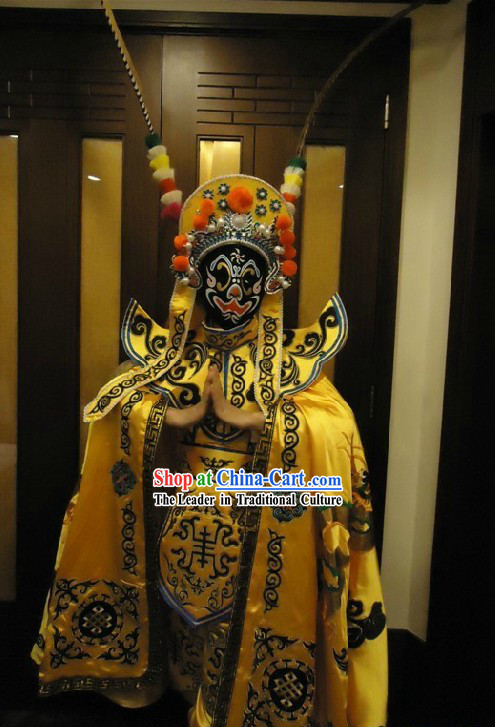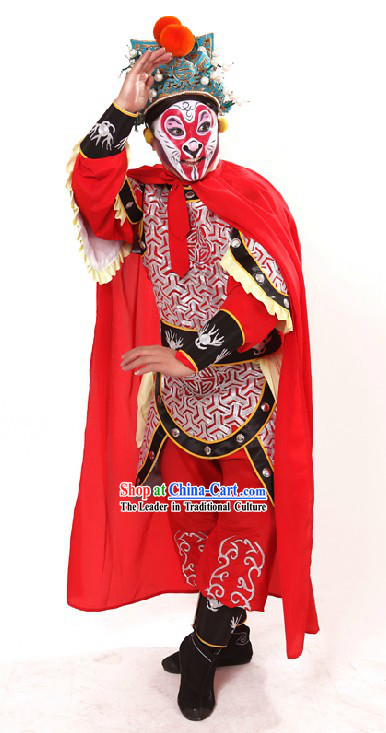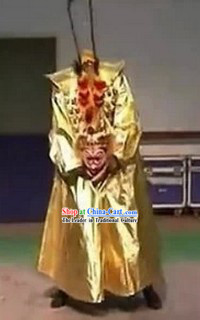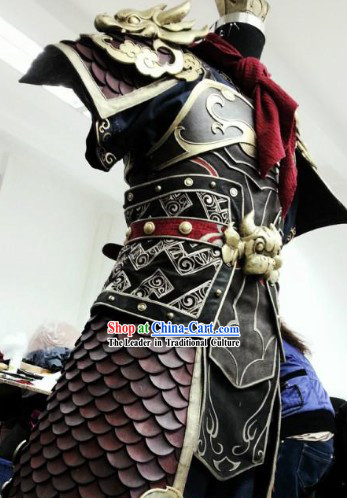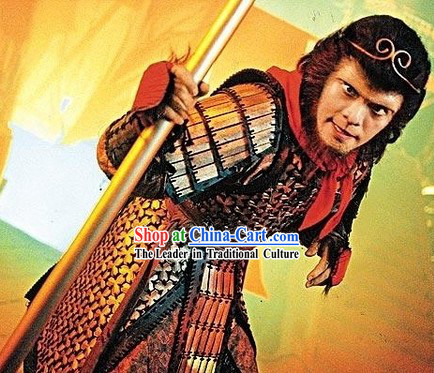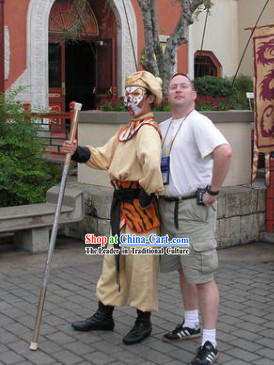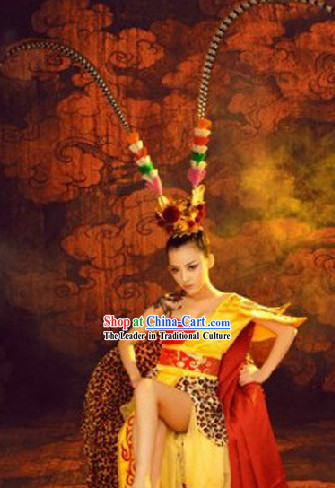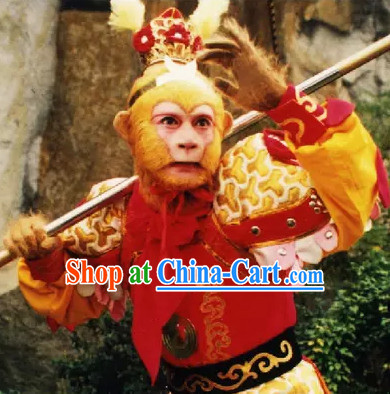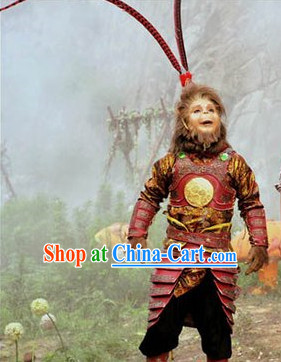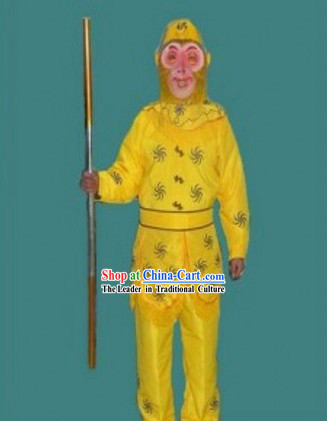
Click Related Pictures for More Audios:
Journey to the West is one of the four great classical novels of Chinese literature, which tells the story of Tang Sanzang and his three disciples' pilgrimage to the West to obtain Buddhist scriptures.
Among them, Sun Wukong, also known as the Monkey King, is one of the most iconic characters in the story.
He is known for his bravery, wit, and mischievousness, and has become deeply ingrained in Chinese culture.
In Journey to the West, Sun Wukong's mask and costume have also become important cultural symbols.
The Journey to the West Monkey King Mask is a traditional Chinese opera mask that is typically made of wood or cardboard and painted with an image of Sun Wukong.
There are different versions and styles of this mask throughout China, but they all share similar features: a large, round head, prominent eyes, and an open mouth revealing teeth.
These characteristics make Sun Wukong's image more vivid and striking.
In addition to the mask, Sun Wukong's costume is another important element in Journey to the West.
His costume is usually yellow and adorned with golden patterns and decorations.
The choice of color may be related to Sun Wukong's personality, as yellow is often associated with courage, vitality, and wisdom.
Furthermore, Sun Wukong's costume includes some special props such as the Ruyi Jingu Bang (a magical stick) and the Golden Hoop Curse (a spell that restricts his abilities).
In conclusion, the Journey to the West Monkey King Mask, Costumes, and Prop represent an important art form in traditional Chinese culture.
They not only have unique visual effects and artistic value but also carry rich historical and cultural significance.
By appreciating and studying these works of art, we can gain a better understanding of the diversity and richness of ancient Chinese culture.
